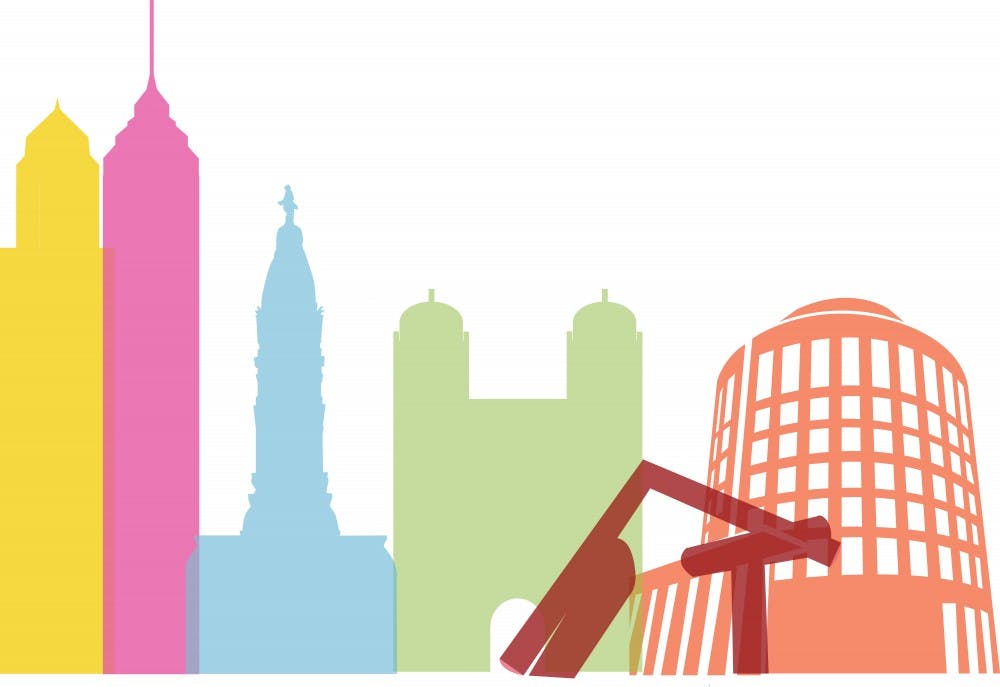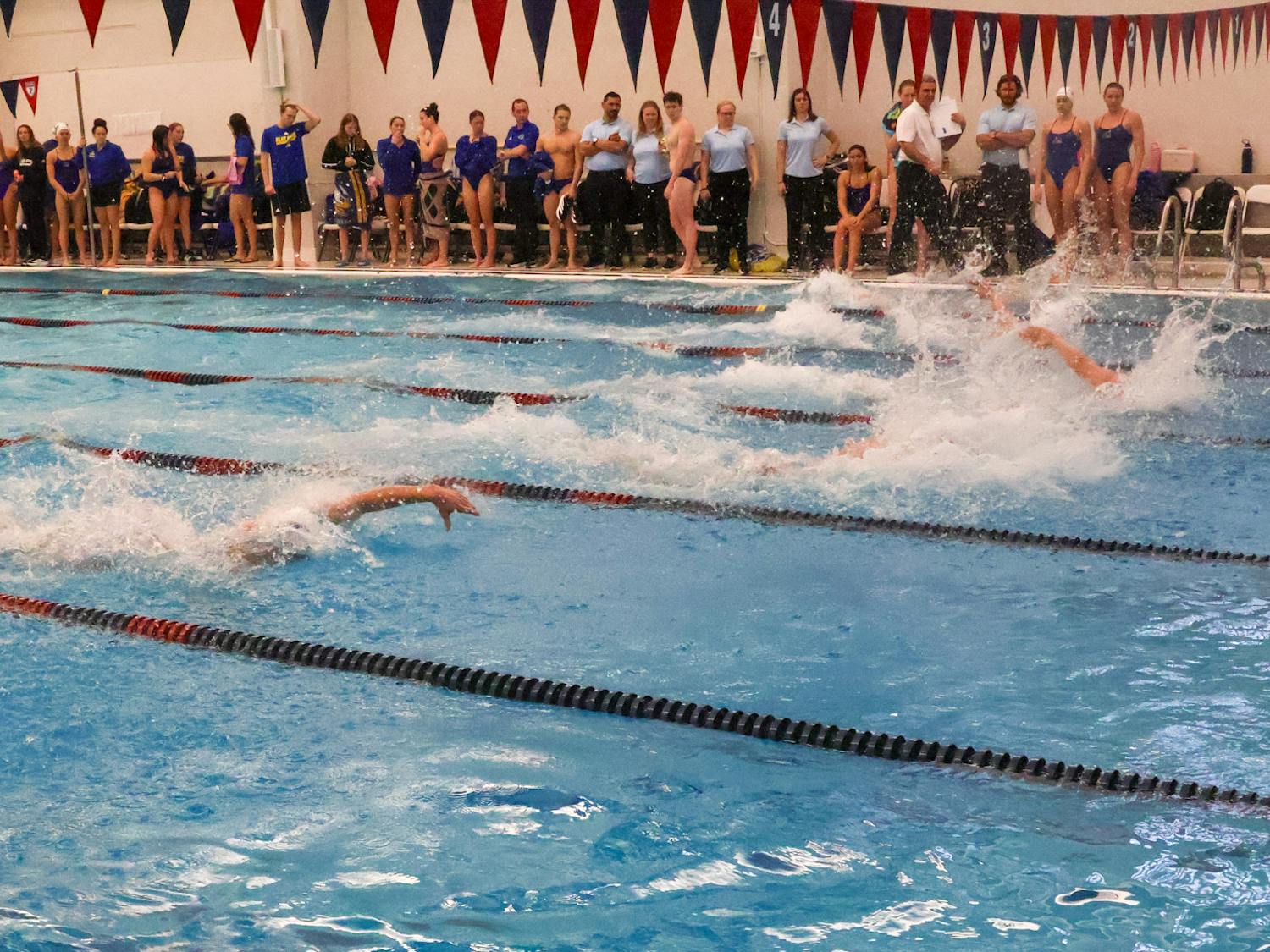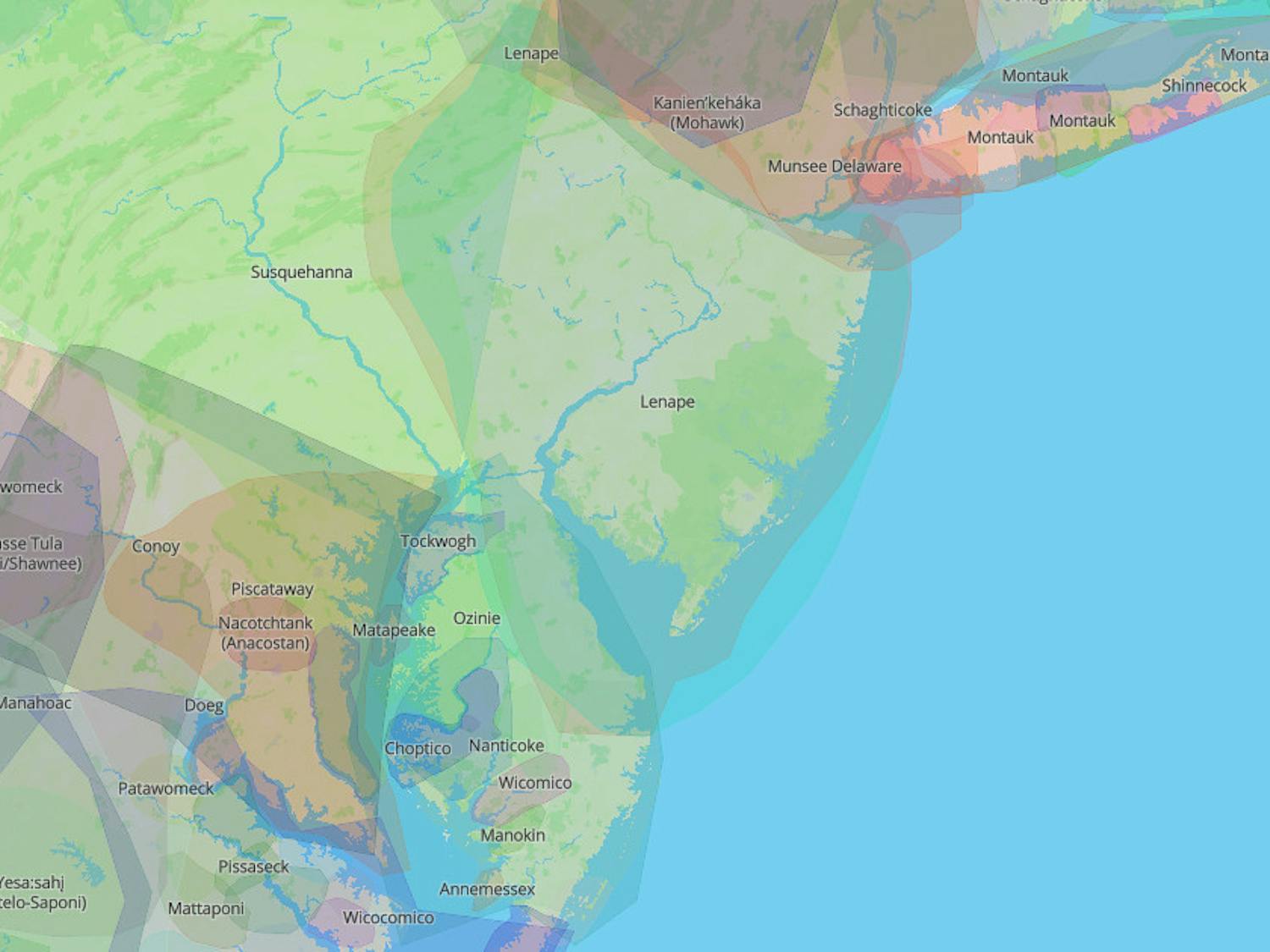When Penn released its admissions decisions on March 31, admitted students took to social media to celebrate their excitement. But while students celebrate every year, Penn’s Class of 2020 was able to express their excitement this admissions season with a Penn emoji.
As the largest employer in the Greater Philadelphia area and an intellectual hub for students, Penn plays an integral role in Philadelphia. But as much as Penn contributes to the city, Philadelphia enriches the University as well. Prospective students are drawn to Penn because of its location in the city of Philadelphia, and students and alumni alike reap the benefits offered to them during their time here.
This relationship is evident in several new partnerships organized by Philadelphia and Penn, like Penn’s feature on a new Philadelphia Emoji Keyboard created by Visit Philadelphia — the official organization for Philadelphia travel and tourism — and new Quaker Days programming led by Visit Philadelphia representatives.
A New Kind of Relationship
While the relationship between Penn and the city of Philadelphia is currently strong and thriving, this was not always the case.
Penn’s Executive Vice President Craig Carnaroli, who was an undergrad at Penn in the mid-1980s, has seen the relationship change over his lifetime.
“It’s all been a progression... I think that the evolution is positive and it has been a recognition of interdependence that if Penn can grow and thrive, then the city of Philadelphia will grow and thrive as well,” Carnaroli said.
Dean of Admissions Eric Furda also agreed that the relationship between Penn and the city has changed with time.
“I think the work that happened between the late-90s and early-2000s was the dramatic shift in the relationship between the city and the university,” Furda said, “What has happened in the last decade has been to solidify that relationship.”
“There is good relationship building going on right now,” Carnaroli said, noting that efforts have been particularly strong with recent efforts from former mayors Ed Rendell and Michael Nutter, both of whom were Penn grads.
Executive Director of the Office of the Executive Vice President Anthony Sorrentino, who has also been with Penn for some time, said that back in the 1980s and 1990s, Penn heavily focused on West Philadelphia and how the university could better improve the relationship between that area and Penn.
“We feel that we’ve done that,” Sorrentino said. “Philadelphia is no longer a liability in attracting students to Penn, but an asset.”
“Students are now saying, ‘I want to go to Penn because it’s in Philly,’” Sorrentino said.
In fact, when Campus Philly was formed, Penn was one of the first investors.
“They believed that if we positioned Philadelphia as one big campus, that you don’t have to just be on the campus of any one university, you had access to the whole city awaiting you. It would be good for the university and it would be good for the city,” President and CEO of Campus Philly Deborah Diamond said.
Visit Philadelphia and Emoji keyboard
Although Visit Philadelphia’s Philadelphia Emoji Keyboard is new, Visit Philadelphia’s work with Penn is anything but.
“Penn is such a big part of Philly’s image, economy and future, and that’s why we’ve always worked with Penn,” President and CEO of Visit Philadelphia Meryl Levitz said.
Currently, Carnaroli serves on the Visit Philadelphia board. Prior to Carnaroli’s time on the board, current Drexel University President John Fry served on the board during his time as executive vice president of Penn between 1995 and 2002.
“Penn has always had a place on our board because when you survey people about Philadelphia, Penn and Wharton almost always come up,” Levitz said. “It’s to everyone’s mutual benefit to brand each other.”
Keeping this in mind, it was a no-brainer that Penn should be one of the featured images as part of Visit Philadelphia’s Philadelphia emoji keyboard.
In addition to a Penn emoji, the keyboard also features other classic Philadelphia icons like the Love Statue, the Rocky Statue and the Liberty Bell as well as other Philadelphia universities.
“The keyboard was created to give people a new and creative way to talk about Philadelphia in their private conversations,” Visit Philadelphia social media specialist Chelsea Calhoun said.
The emoji keyboard works in texting, email and Facebook messaging, but it does not work in public platforms such as Twitter or Instagram.
“It’s been a pretty big hit,” Calhoun said, noting that the Love Statue and Rocky Statue have been the most popular. Penn’s emoji has been used more than 3,000 times.
Quaker Days 2016
Because of its appeal for newly admitted students, the Philadelphia emoji keyboard is an attractive tool for Penn Admissions.
Use of the Penn emoji can be incorporated even further during Quaker Days, during which a many prospective students come to campus and are together sharing their excitement about being admitted.
“There is an opportunity to share,” Admissions Director Lara Grieco said, in reference to the use of the Penn emoji.
This year, Quaker Days, which were held this week, worked closer than ever with Visit Philadelphia to ensure that prospective students can get a taste of what it’s truly like to live in Philadelphia.
“We have thought about what was missing from Quaker Days, and we thought it was the Philadelphia component,” Grieco, who oversaw Quaker Days this year, said.
Quaker Days has changed a lot since its inception in 2014, Grieco said. The first two years were heavily focused on Penn programming. After that, Admissions worked on incorporating student life aspects. Now, in its third year, Quaker Days will give prospective students a taste of Philadelphia that prior classes had never had before.
Admissions brought back the Philadelphia tour that they have done in years past and Visit Philadelphia presented a program called “Philly in a Minute,” Grieco said.
“Philly in a Minute” showed “all the fantastic things that are happening in Philly in the next year” by presenting ten different places and attractions in Philadelphia, such as the Franklin Institute, the Philadelphia Museum of Art and WXPN, in brief, one minute segments done by Visit Philly reps, Visit Philadelphia representative Colleen Ryan said.
Grieco was excited when discussing the Visit Philadelphia partnership, noting how the “energy” of Philadelphia makes it a “terrific place to live and to learn.”
“When we talk about students becoming a citizen of the University, we also talk about how students are becoming citizens of the city, and we want students who are excited to be both of these,” Grieco said.
Beyond Quaker Days, Penn Admissions works hard to make sure that displaying Philadelphia to prospective students as part of the Penn experience is done right. On Penn Admission’s website, the office displays six themes that students interested in Penn can explore, and Philadelphia is one of them, Furda said.
“What we’re trying to achieve here is to show the interconnection between the city and Penn, physically, how interconnected they are ... but also, the vibrant city, the energy and what it would mean to be an 18- to 22-year-old on a beautiful college campus while having access to a major city, like ours,” Furda said.
Campus Philly
Visit Philadelphia is not the only city organization that works closely with Penn.
11-year-old nonprofit Campus Philly creates events and opportunities to enhance life for college students in Philadelphia with the hope that they will stick around to make a difference in the city after their college years, Diamond said.
The nonprofit was founded as a partnership between the City of Philadelphia and colleges in the area, plus sponsors from the business community.
“All three sectors are invested in Campus Philly and the mission to keep students here,” Diamond said.
Since its creation, the way that Campus Philly has interacted with universities and college students in the area has changed as the relationship between the city and its universities has changed.
“Students are now more eager to explore and embrace Philadelphia,” Diamond said.
Before, Campus Philly merely worked as a facilitator in connecting students to activities off-campus — now, students come to them.
“A lot of what Campus Philly has concentrated on in the past five years has been connecting students to internships and job opportunities,” Diamond said.
Everything that Campus Philly offers is free to students, including the CollegeFest it hosts every fall at Dilworth Park in order to connect students from different Philadelphia colleges, as well as its OpenArts program, which encourages students to explore the vibrant art scene throughout the city.
College Town
With Visit Philadelphia and Campus Philly increasing programming aimed at college students, Philadelphia has become more like a college town.
With over 100 colleges and universities and 350,000 college students in the region, Carnaroli described Philadelphia as a “college mega-region.”
“Students from different schools are interacting and meeting each other... It makes you feel like you don’t just have your campus community, but also your college and city communities,” Diamond said.
Furda points toward the “density of the city,” specifically University City, and how construction efforts by Penn and Drexel have transformed their neighborhood as a major factor in the development of the city.
“This is a college town. This is a college neighborhood,” Furda said.
President of Kite and Key and College junior Meredith Kline also believes Philadelphia is a college town from more personal experiences.
“When I say I’m from Penn, they get it,” Kline said, describing her interactions with local business owners. Kline said the experience is vastly different than her suburban California hometown.
Although Penn students during the year do not always get to take advantage of all the opportunities the city and organizations like Visit Philadelphia and Campus Philly offer, students who spend breaks in Philadelphia tend to make the most of these options.
After spending the past summer in Philadelphia, Kline took it upon herself to explore the city more and go downtown.
“There were lots of college friendly, cheap events,” she said.
As Philadelphia has grown to be an integral part of the Penn experience, Kite and Key has incorporated more information about the city into student tours.
“Most people like to talk about Philadelphia because it’s a really big part of going to Penn,” Kline said, noting also that in training new tour guides, Philadelphia is part of the curriculum.
Although the relationship between Penn and Philadelphia is currently thriving, it is still developing.
“We’re only beginning to explore what this partnership could be,” Grieco said.









